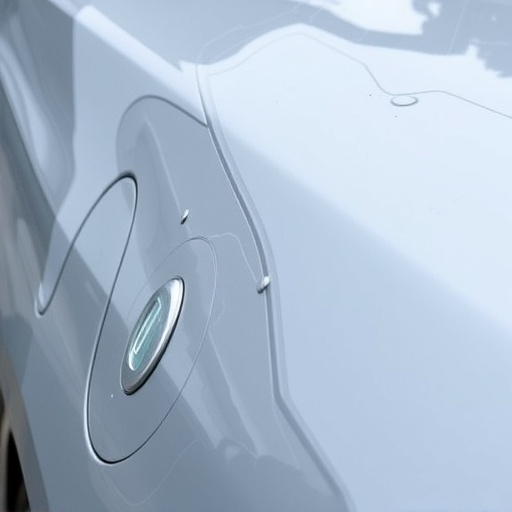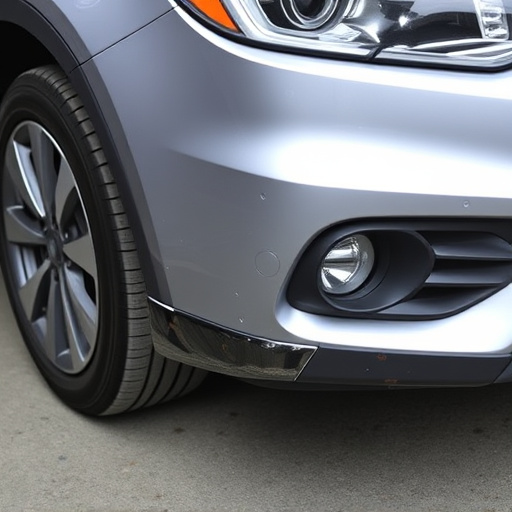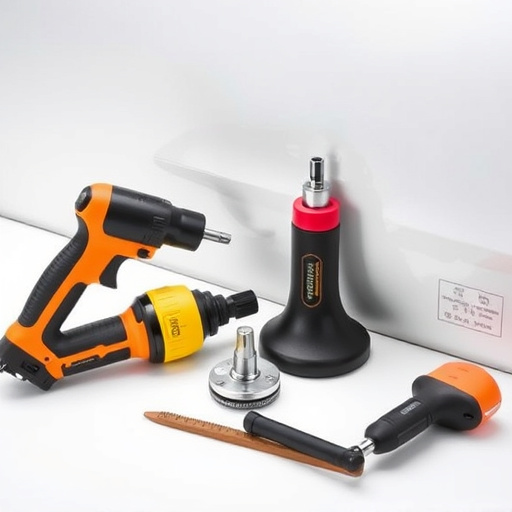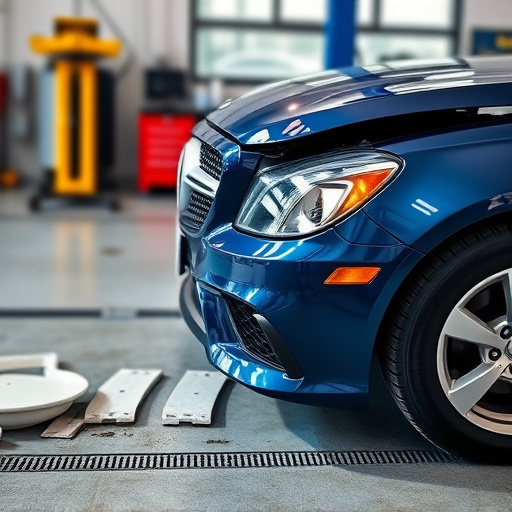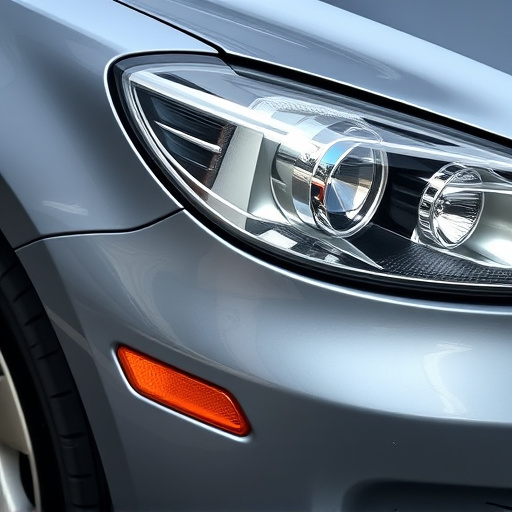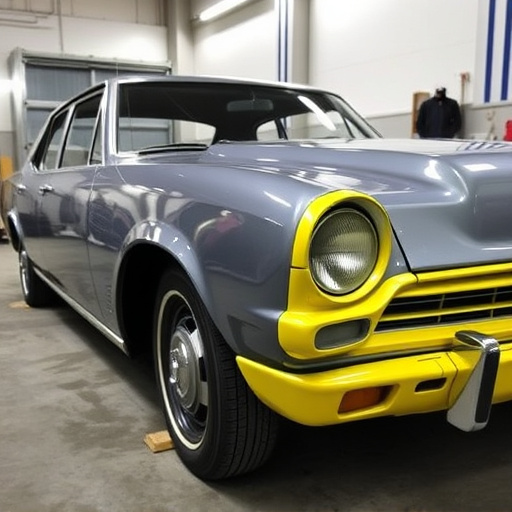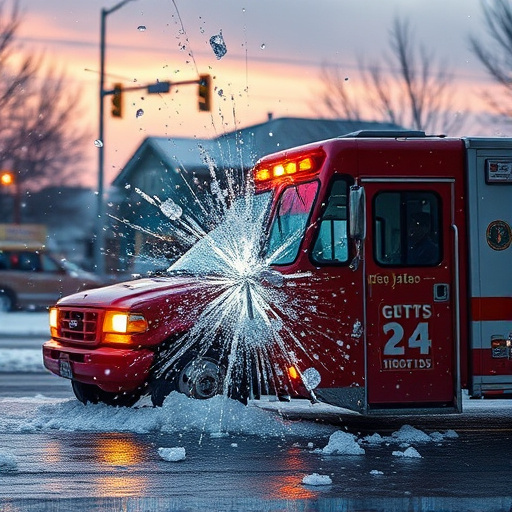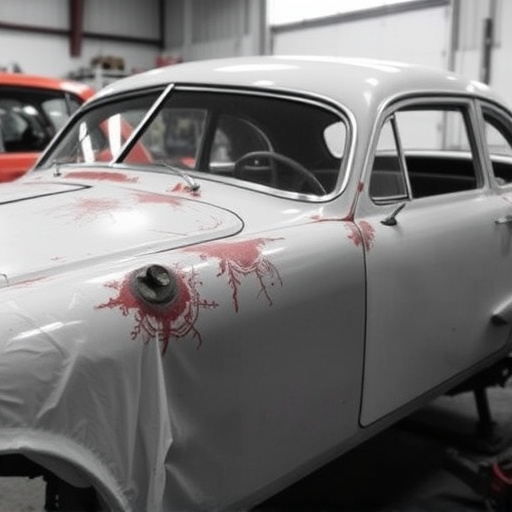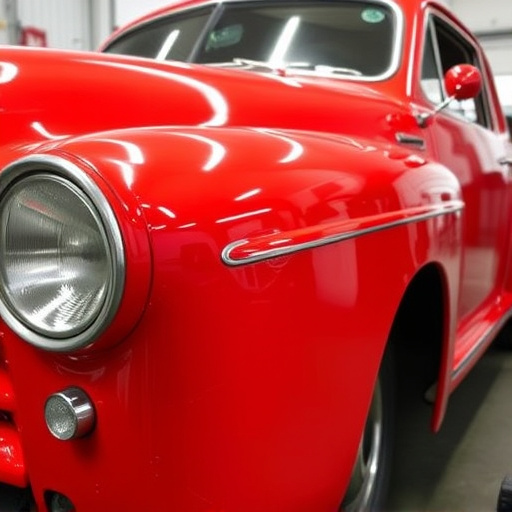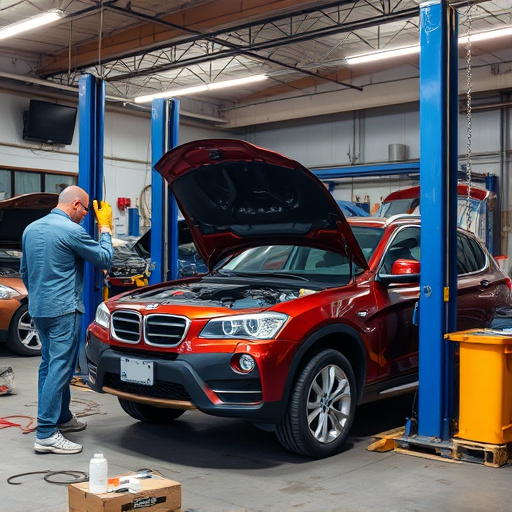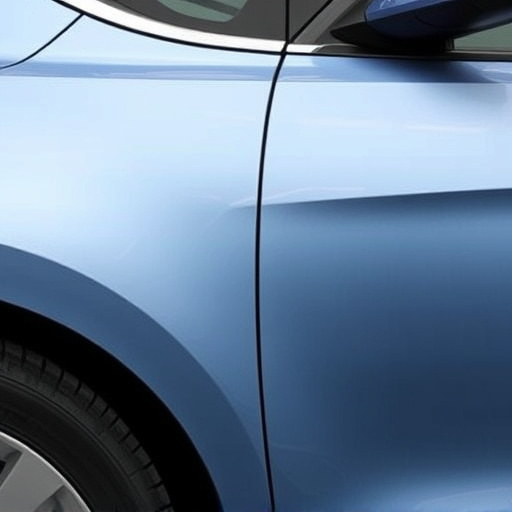Achieving consistent quality assured body work requires establishing clear standards of excellence through defining precise criteria like specific dimension and paint match requirements for repairs, using tools like computer-aided design software, and implementing detailed checklists. Regularly reviewing performance against measurable benchmarks fosters a culture of continuous improvement, ensuring each vehicle leaves the shop meeting or exceeding client expectations.
“Achieving consistency in body work quality is paramount for maintaining client satisfaction and fostering professional reputation. This article explores strategic steps towards guaranteed excellence, including setting rigorous standards and defining measurable criteria. We delve into implementing robust systems that empower staff and ensure adherence to protocols, coupled with regular quality assurance checks. Moreover, continuous monitoring through client feedback and dynamic updates sustain progress, creating a culture of perpetual improvement in quality assured body work.”
- Setting Standards for Excellence
- – Defining quality criteria for body work
- – Establishing measurable performance indicators
Setting Standards for Excellence

Achieving consistency in body work quality requires setting clear standards for excellence. This starts with defining precise criteria that every piece of car body restoration or automotive repair must meet. In a collision repair shop, this could involve implementing detailed checklists and protocols for each type of service rendered. For instance, when dealing with a fender bender, the team must adhere to specific dimensions and paint match requirements to ensure the final result is indistinguishable from the original.
Standardizing processes helps maintain quality assured body work across all projects. It involves training staff on these standards and regularly reviewing their adherence. Advanced technologies, such as precision measurement tools and computer-aided design software, play a significant role in this by providing accurate data and enabling precise repairs. This commitment to excellence ensures that every car that leaves the shop meets or exceeds customer expectations, fostering trust and satisfaction in collision repair services.
– Defining quality criteria for body work
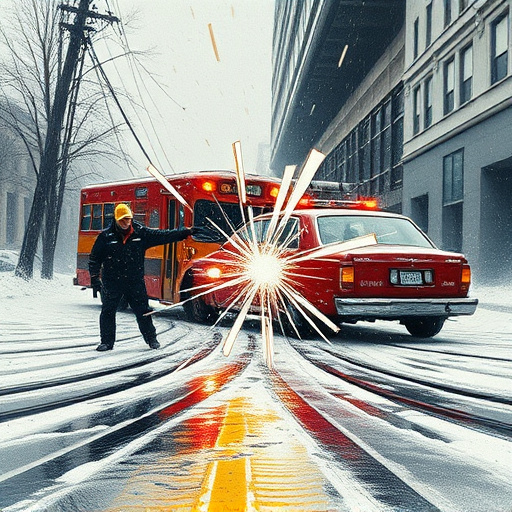
Defining quality criteria for body work is a fundamental step in ensuring consistency and excellence in auto maintenance services. This involves setting clear standards and metrics to gauge the quality assured body work. For instance, in Mercedes Benz repair, meticulous attention to detail and adherence to original equipment manufacturer (OEM) specifications are non-negotiable. The criteria should encompass various aspects such as precision craftsmanship, use of high-quality materials, adherence to safety standards, and restoration of vehicle aesthetics to pre-collision conditions.
In vehicle collision repair, for instance, auto maintenance professionals must demonstrate proficiency in structural integrity repairs, paintwork perfection, and meticulous panel alignment. Each step of the repair process should be documented and verified against these established criteria. By setting clear goals and regularly reviewing performance against these benchmarks, body work quality can be consistently elevated, ensuring customer satisfaction and peace of mind for vehicle owners.
– Establishing measurable performance indicators
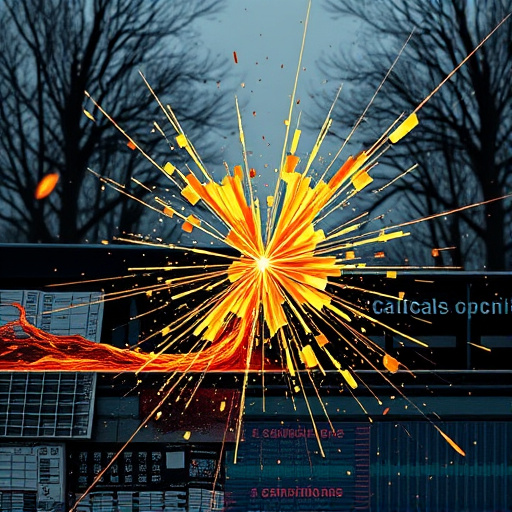
Ensuring consistent quality in body work is a cornerstone for any reputable vehicle body shop or auto dent repair center. The first step involves defining and implementing measurable performance indicators (MPIs). These MPIs serve as benchmarks to track progress and identify areas needing improvement, fostering a culture of continuous enhancement within the shop. By setting clear standards, whether it’s in panel fit, paint finish, or structural integrity, each task is evaluated against set criteria, guaranteeing quality assured body work.
For instance, in a vehicle restoration project, MPIs could include cycle times for specific tasks, precision measurements for panel alignment, and color consistency checks. These metrics allow technicians to optimize their processes, ensuring every vehicle that leaves the shop meets or exceeds client expectations. In essence, establishing MPIs is a proactive approach to maintaining high standards across all aspects of body work, be it minor dents or complete vehicle restorations.
To ensure consistent quality assured body work, establishing clear standards and measurable performance indicators is paramount. By defining precise criteria and regularly evaluating outcomes, professionals can maintain high standards, fostering client satisfaction and building a solid reputation. This systematic approach guarantees that every service delivery aligns with expected excellence.

